#Lagenorhynchus
Explore tagged Tumblr posts
Text

A Pacific white sided dolphin (Lagenorhynchus obliquidens) in Cordell Bank National Marine Sanctuary, California
by NOAA/Jamie Hall
#pacific white sided dolphin#dolphins#cetaceans#marine mammals#lagenorhynchus obliquidens#lagenorhynchus#delphinidae#cetacea#artiodactyla#mammalia#chordata#wildlife: california#wildlife: usa#wildlife: north america
206 notes
·
View notes
Note
We're treating and we're tricking
Dolphin calling sounds like clicking
A humpback's at a meeting
And snacking krill for treating
:)
Helloooo thank you for your lovely little poem it made me giggle :> Don't worry I still want to get to all the tricks and treats in between commission work! Its just a bit slooowww. But with the baby dolphin done I could do a lil study of these Duskies.
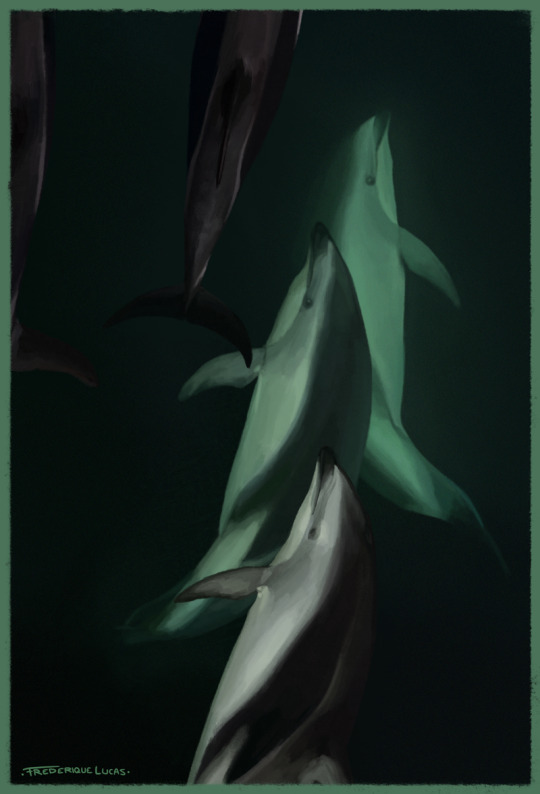
I have a soft spot for Duskies - I once started painting a ton of them for a painting I've never finished (however thinking of it, I would like to). Their faces are so long and funny. And I love when they swim in green waters like this, slowly turning into spectres.
The beautiful original photo is taken in Tierra del Fuego; I decided to flip it because I like the composition better this way. Once again from Inaturalist and shared under CC-BY-NC license.
I hope you like it and thank you all for your patience!
#paintings#Dusky dolphin#Lagenorhynchus obscurus#Lagenorhynchus#dolphin#toothed whale#odontocete#cetacean#digital art
43 notes
·
View notes
Text

Pacific white-sided dolphin "Lagenorhynchus" obliquidens
Observed by anudibranchmom, CC BY-NC
#Lagenorhynchus obliquidens#Pacific white-sided dolphin#Cetacea#Delphinidae#cetacean#dolphin#North America#United States#California#Pacific Ocean#Monterey Bay
76 notes
·
View notes
Text



#poll#Class: Mammalia#Order: Artiodactyla#Family: Delphinidae#Genus: Lagenorhynchus#Lagenorhynchus Obliquidens
65 notes
·
View notes
Text
Lags are the specialist little guys in the world and it’s a shame not many people know this.
#pacific white-sided dolphin#for the uniformed#lag is short for their scientific name#lagenorhynchus obliquidens#bottlenose are what people picture when they think dolphin#but behavior wise I think lags are more what they have in mind#they are go go go jump jump jump all the time#dolphins#cetaceans#marine mammals
40 notes
·
View notes
Note
🥚?
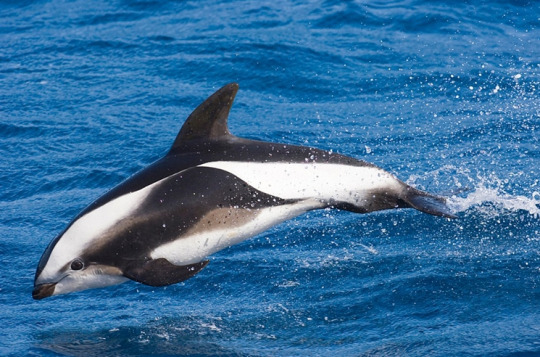
hourglass dolphin!
(Lagenorhynchus cruciger)
41 notes
·
View notes
Note
Give me a notfish
Ok so these guys are definitely not fish but i just have to show y’all because look at the markings on these things !!!

You get an Hourglass Dolphin
Lagenorhynchus cruciger
182 notes
·
View notes
Text
Dolphins and whales use sound to communicate, navigate and hunt. New research suggests that the collections of fatty tissue that enable toothed whales to do so may have evolved from their skull muscles and bone marrow. Scientists at Hokkaido University determined DNA sequences of genes which were expressed in acoustic fat bodies—collections of fat around the head that toothed whales use for echolocation. They measured gene expression in the harbor porpoise (Phocoena phocoena) and Pacific white-sided dolphin (Lagenorhynchus obliquidens). Their findings were published in the journal Gene.
Continue Reading.
189 notes
·
View notes
Text
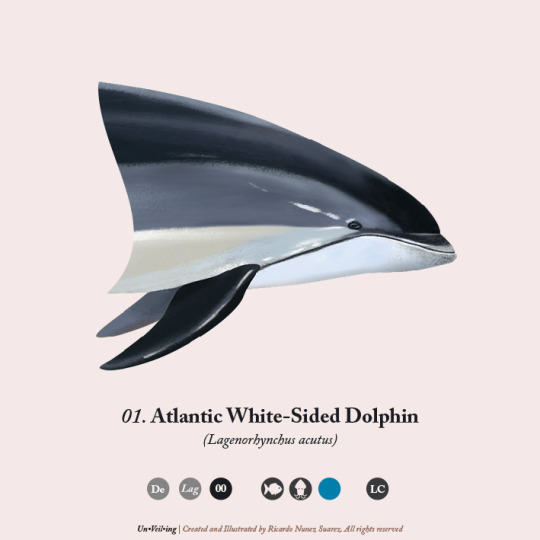
Atlantic White-Sided Dolphin. (Lagenorhynchus acutus) Least Concern. As always, I have enjoyed working with this family. Working with cetaceans is always enjoyable. The most amusing aspect is getting to know them. I must confess that my knowledge about cetaceans was quite limited, extending only to the commonly known dolphins and whales. However, compiling this information has opened my eyes, allowing me to marvel at the hidden wonders of the sea and emphasizing the importance of protecting it. _____________________ Thank you all for your support. If you want to know more about mammals consider joining my club. I post more animals there than the ones I post here, showing the full-body illustration of each animal, explaining the infographic and the illustration process, and how the family is being completed, apart from many other nice stuff. Here is the link: CLUB Another way of supporting me is spreading the word. A like, a follow, or a reblog are very much appreciated. See you next week and thank you.
#illustration#dolphins#atlantic white side dolphin#scientific illustration#cetaceos#cetaceans#delfin#drawing#wild animals#wildlife#artist on tumblr#animals#mammals#marine life
20 notes
·
View notes
Text
Thirteen species of extant odontocete evolved narrow-band high-frequency (NBHF) echolocation in four separate, convergent events. These species include the families Kogiidae (pygmy sperm whales) and Phocoenidae (porpoises), as well as some species of the genus Lagenorhynchus, all of Cephalorhynchus, and the La Plata dolphin. NBHF is thought to have evolved as a means of predator evasion; NBHF-producing species are small relative to other odontocetes, making them viable prey to large species such as the orca. However, because three of the groups developed NBHF prior to the emergence of the orca, predation by other, ancient, raptorial odontocetes must have been the driving force for the development of NBHF, not predation by the orca. Orcas, and, presumably, ancient, raptorial odontocetes such as Acrophyseter, are unable to hear frequencies above 100 kHz.[83]
this is fucked. four times??? i guess water is good for echolocation, higher transmission, but like. what the fuck. fish dont echolocate. what is going on here
Toothed whales emit a focused beam of high-frequency clicks in the direction that their head is pointing. Sounds are generated by passing air from the bony nares through the phonic lips. These sounds are reflected by the dense concave bone of the cranium and an air sac at its base. The focused beam is modulated by a large fatty organ known as the 'melon'. This acts like an acoustic lens because it is composed of lipids of differing densities.
It has been suggested that some smaller toothed whales may have their tooth arrangement suited to aid in echolocation. The placement of teeth in the jaw of a bottlenose dolphin, for example, are not symmetrical when seen from a vertical plane, and this asymmetry could possibly be an aid in the dolphin sensing if echoes from its biosonar are coming from one side or the other.[86][87] However, this idea lacks experimental support.
Echoes are received using complex fatty structures around the lower jaw as the primary reception path, from where they are transmitted to the middle ear via a continuous fat body. Lateral sound may be received through fatty lobes surrounding the ears with a similar density to water. Some researchers believe that when they approach the object of interest, they protect themselves against the louder echo by quietening the emitted sound. In bats this is known to happen, but here the hearing sensitivity is also reduced close to a target.[88][89]
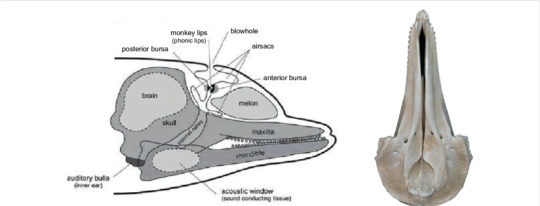
theyre like goddamn bio-robots! a fat based sound lens! a fat-based sound channel! reflective bone and air sacs! its incredible! bats wish they had a structure this elaborate!
18 notes
·
View notes
Text
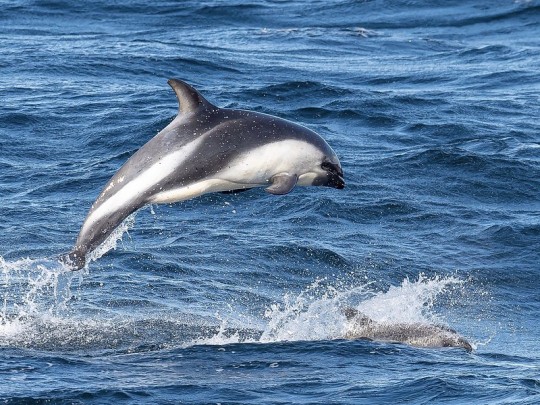
A Peale's dolphin (Lagenorhynchus australis) breaches the water in South America
by ted smith
#peales dolphin#dolphins#cetaceans#marine mammals#Lagenorhynchus australis#lagenorhynchus#delphinidae#cetacea#artiodactyla#mammalia#chordata#wildlife: south america
45 notes
·
View notes
Text
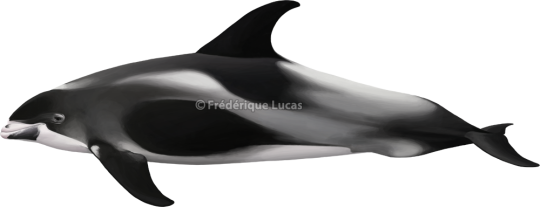
White-beaked dolphin (Lagenorhynchus albirostris) My friends! Behold! A new friend!!! After more than a year (no joke) without a proper commission, I had a lovely new project to work on these past weeks.
It's for Mindfully Wired Communications, a company in the UK that translates scientific information to the general public through all sorts of means. They're currently collaborating on a project to reduce bycatch in UK fisheries, and part of that is creating an ID guide for the fishermen of animals they might encounter at sea. Really important work which I'm happy to contribute to.
Most of the illustrations they needed I already had lying around. But a few had to be made anew, one of which this handsome fellow, the White-beaked dolphin! Markings wise, they are one of my favourite species of dolphin. I love the way everything on their body just flows. Also they have great whopping dorsal- and pectoral fins, and, irony of ironies, often black-marked beaks as adults.
For some reason it was quite a struggle to make him look right, but in the end I'm happy with the result. I hope you like it too, and the other friends will follow soon!
#illustrations#scientific illustration#White-beaked dolphin#dolphin#Lagenorhynchus albirostris#Lagenorhynchus#toothed whale#cetacean
67 notes
·
View notes
Text

African dusky dolphin "Lagenorhynchus" obscurus obscurus
Observed by callumevans, CC BY-NC
#Lagenorhynchus obscurus obscurus#African dusky dolphin#Cetacea#Delphinidae#cetacean#dolphin#Africa#South Africa#Western Cape#Indian Ocean#False Bay#underwater
64 notes
·
View notes
Text
Peale's Dolphin Classification
Kingdom = Animalia
Phylum = Chordata
Class = Mammalia
Order = Artiodactyla
Infraorder = Cetacea
Family = Delphinidae
Genus = Lagenorhynchus
Species = L. australis
.
Patreon
#studyblr#notes#biology#bio#bio notes#biology notes#marine science#marine biology#marine science notes#marine sci notes#marine biology notes#marine bio#marine bio notes#science#life science#animals#animal science#chordates#dolphins#taxonomy#classification#life classification
4 notes
·
View notes
Text

Where the Water Meets the Sky - by Namu the Orca
Species depicted: Northern right whale dolphin (Lissodelphis borealis) and Pacific white-sided dolphin (Lagenorhynchus obliquidens) Time taken: ~10-15 hours References used: thetruthaboutlolita.webs.com/L… animal.memozee.com/ArchOLD-4/1… www.flickr.com/photos/jimscarf… www.flickr.com/photos/gtepke/3… Tools of the trade: Photoshop CS5
Well, here it is, finally! A mixed pod of both Northern right whale dolphins as well as Pacific white-sided dolphins breaking the glassy smooth surface during sunrise. I've wached the amazing movie 'Life of Pi' some time ago (it was really good, especially given the book was so detailed and difficult to put down in images) and was especially amazed by the scene where Pi wakes up in the morning and the ocean is simply one big mirror, perfectly reflecting the gorgeous sky above. Inspired, I decided to paint something like it - only then without the clouds as I kinda suck at those. The mini contest for the Northern right whale dolphin over at Exp-Marine-Mammals was drawing in near, and it struck me how (ant)arctic cetaceans especially are almost exclusively portrayed in grey or blue scenes. I wanted to flip that view all around and after some googling my suspicions were confirmed: sunrises over Japan, Alaska and the rest of the cold north can be just as orange and spectacular as anywhere else. Thus, this painting was born! It was a real challenge to say the least, mainly the splashes made me go crazy so in the end I just went with the fantastically helpful water splash brushes by FrostBo (I forgot which one it was, he's got several) and cut and modified them along the way where needed.

On a different note, it is quite interesting that both the Northern- as the well as the Southern right whale dolphin closely associate with a species of lagenorhynchus dolphins they share their range with. Whilst the Southerners come together with Dusky dolphins - and even interbreed! - the Northerners are very often seen with Pacific white-sided dolphins. Why would they do this? I know that there has been a proposed new taxonomy of the lagenorhynchus genus in which the Duskies and the Pacific white-sided dolphins would be placed together with Peale's in the genus of Sagmatias, but that is based on the idea these dolphins are more closely related to the cephalorhynchus dolphins. Does anyone know the reason for this Lagenorhynchus/Lissodelphis 'friendship'?
0 notes
Text

Flipper? A Dusky Dolphin (Lagenorhynchus Obscurus) leaps out of the water off New Zealand. Photograph By Flip Nicklin, National Geographic Image Collection
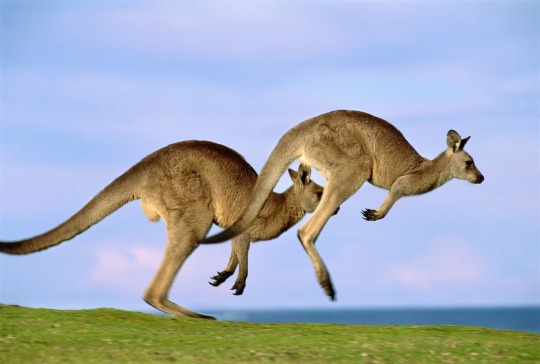
Bounding Buddies! Two Eastern Gray Kangaroos (Macropus Giganteus) jump through Australia’s Murramarang National Park. Photograph By Frans Lanting, National Geographic Image Collection

Nine Weather Up Here! A Manta Ray (Manta) Soars Over the Ocean’s Surface. Photograph By Brian J. Skerry, National Geographic Image Collection
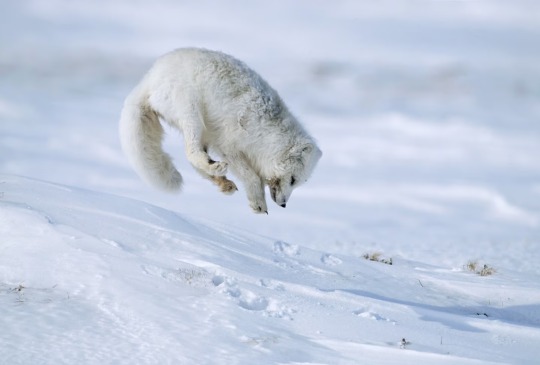
Got Ya! An Arctic Fox (Vulpes Lagopus) Pounces on Potential Dinner Under the Snow in Alaska’s North Slope. Photograph By Design Pics Inc., National Geographic Image Collection
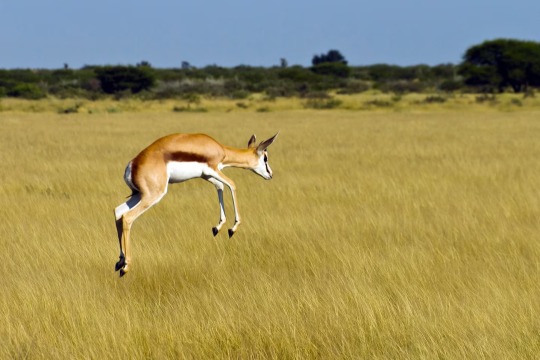
Leaping Through The Fields! A Springbok (Antidorcas Marsupialis) springs into the air while running in Africa. Photograph By Ralph Lee Hopkins, National Geographic Image Collection

Out of Our Way! Blue Wildebeest (Connochaetes Taurinus) bound into the Mara River as they migrate through Kenya’s Masai Mara National Reserve. Photograph By Suzie Eszterhas, National Geographic Image Collection
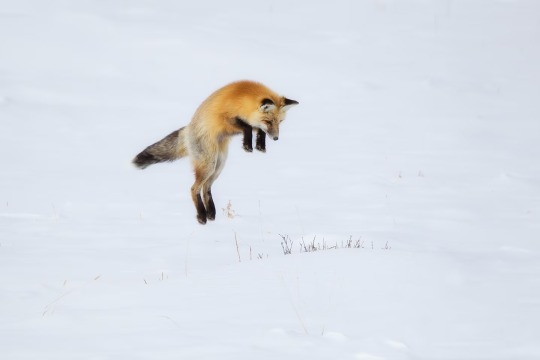
There It Is! A Red Fox (Vulpes Vulpes) pounces on prey burrowed under the snow. Photograph By Robbie George, National Geographic Image Collection
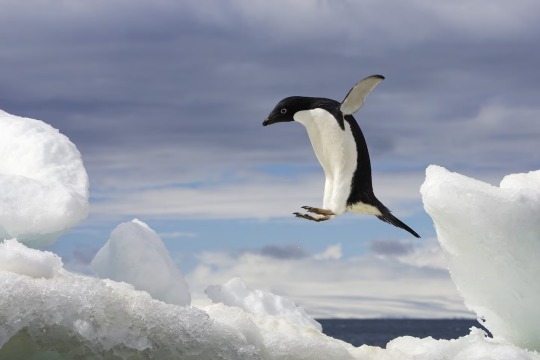
Ice, Ice, Baby! An Adélie Penguin (Pygoscelis Adeliae) jumps on an iceberg in Antarctica. Photograph By Ralph Lee Hopkins, National Geographic image collection
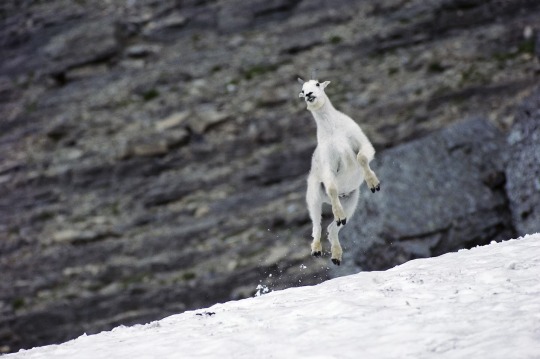
Snowy Goat! A Mountain Goat (Oreamnos Americanus) leaps through snow at Glacier National Park in the Rocky Mountains of Montana. Photograph By Sumio Harada, National Geographic Image Collection
1 note
·
View note